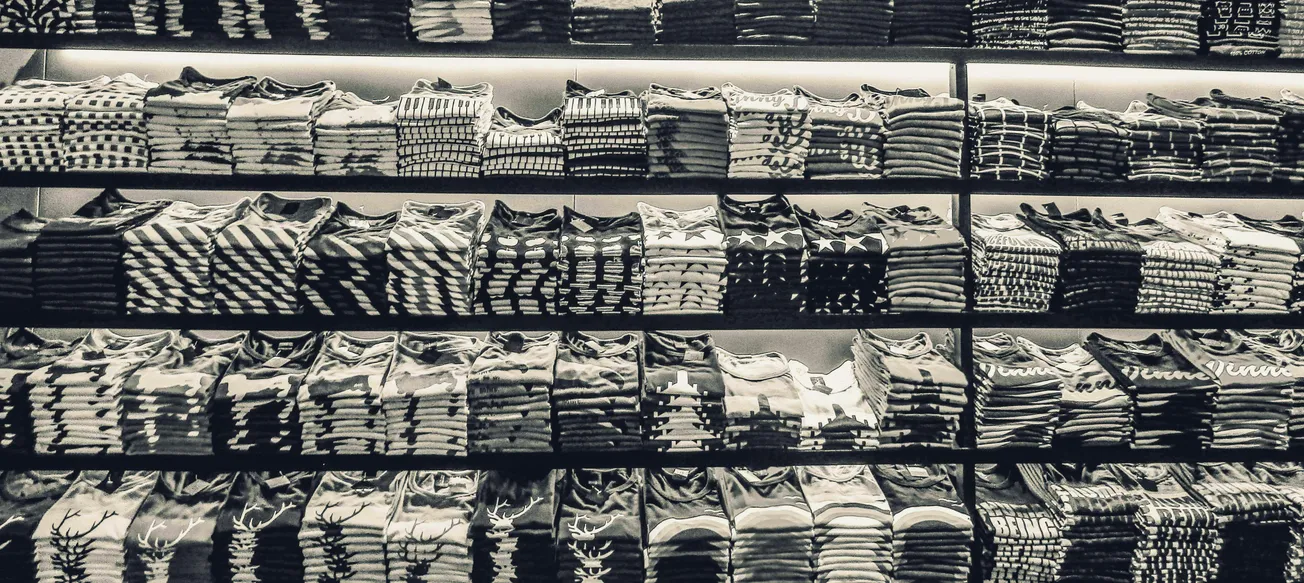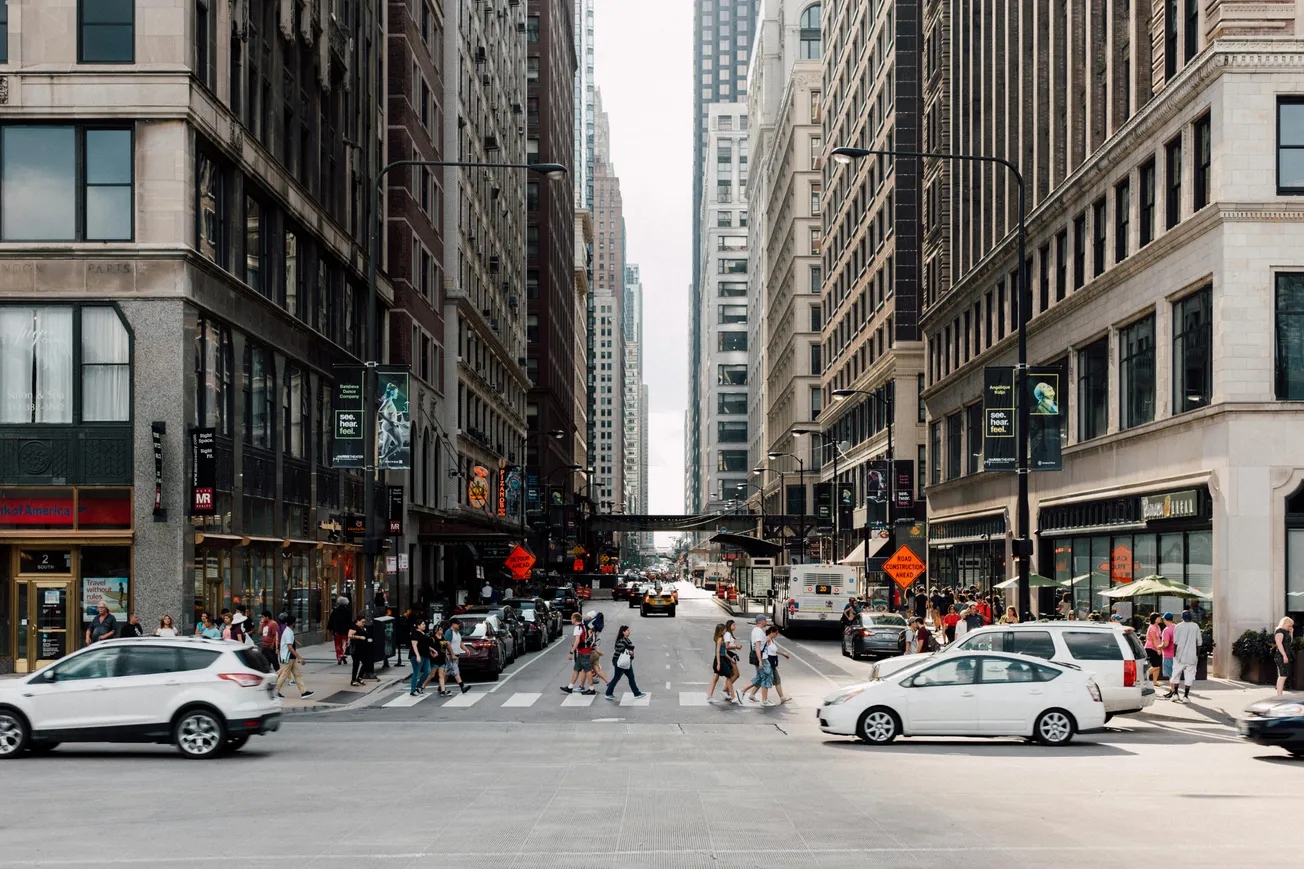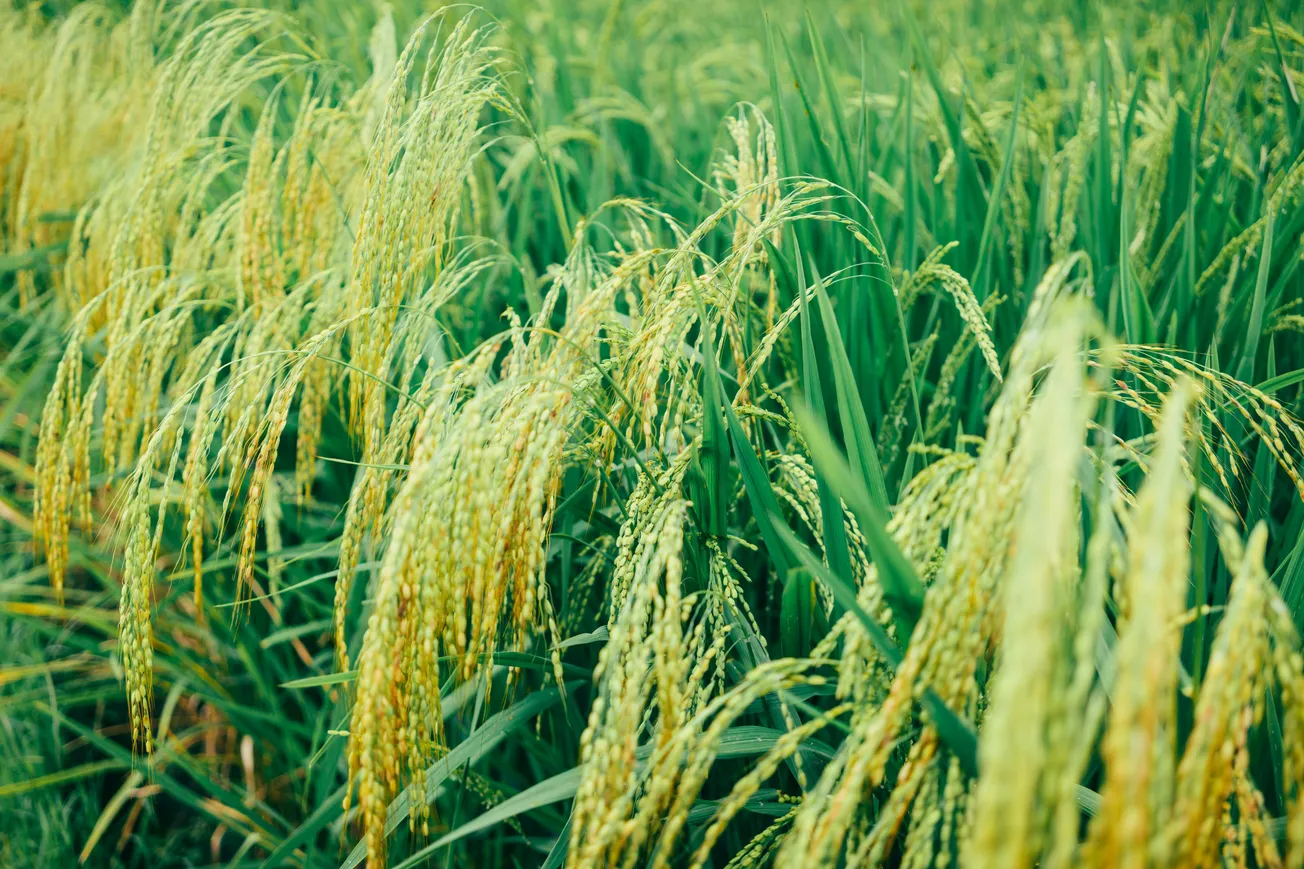In a significant move towards sustainability, IKEA is set to transition to biobased glue, significantly reducing its carbon footprint. This strategic change emphasizes how even minor adjustments can yield substantial benefits for the environment.
IKEA, the Swedish furniture giant, has announced a climate target that highlights the importance of sustainability in its manufacturing processes. With 5% of its global carbon footprint attributed to fossil-based glue used in particle and fiber boards, this initiative reflects a growing trend among companies to reassess their materials and source greener alternatives.
As the world increasingly focuses on climate change, IKEA's commitment sets a precedent for the industry and illustrates actionable strategies for reducing emissions.
IKEA's Target and Strategy
IKEA's recent announcement aims to eliminate 40% of fossil-based glue from its products by fiscal 2030, which could potentially cut greenhouse gas emissions by 1.5 percentage points, depending on business growth. The decision is a part of IKEA's larger goal to utilize only renewable or recycled materials by fiscal 2030.
According to Andreas Rangel Ahrens, head of climate at Inter IKEA Group, identifying and understanding the carbon footprint of different materials has been crucial.
"It is so easy to set goals, but how do you actually understand the impact and what to drive?" he said, emphasizing a detailed breakdown of emissions across their supply chain.
Innovations in Glue Production
The first factory to utilize the new biobased glue made from corn will be located in Lithuania. IKEA is also experimenting with other biobased alternatives, showcasing a commitment to innovation in materials that contribute to a lower carbon footprint.
Traditionally, biobased glues have been more expensive, but as production scales up, IKEA hopes to mitigate costs without passing them onto consumers.
Impact on Sustainability Goals
Since 2016, Ikea has focused on aligning its operations with the Paris Agreement's sustainability objectives. Through detailed assessments of their operations, the company found that 52% of its emissions stemmed from materials used in products. Of these, about half of material emissions correlated to the glue.
IKEA's approach blends corporate responsibility with actionable steps, demonstrating that thorough analyses can help businesses pinpoint where to invest time and resources for greater impact.
Broader Sustainable Practices
Beyond glue, IKEA has implemented various sustainability initiatives, including plant-based food options and sustainable lighting solutions. Rangel Ahrens noted that it is essential for sustainability not to be deemed a luxury, and must be accessible for all economic demographics.
IKEA’s commitment to reducing fossil fuel reliance through innovative glue alternatives underscores an important trend in sustainable manufacturing. By setting this benchmark in the furniture industry, IKEA invites other companies to follow suit, paving the way for a greener future in retail.
The transition to biobased materials illustrates that substantial environmental benefits may stem from even the simplest changes in manufacturing processes. For more information on IKEA’s sustainability strategy, visit their official page on climate action.








